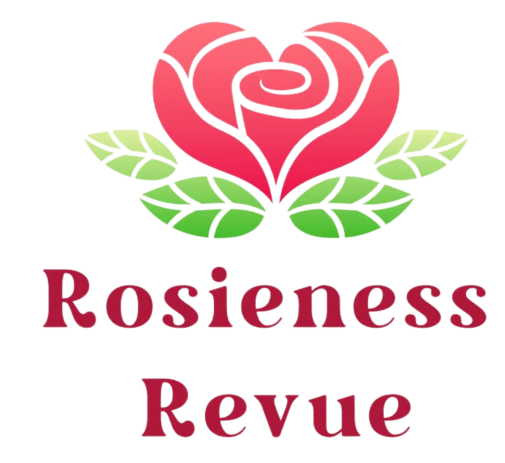
If you don’t look – You don’t see –This was the advice of my birding mentor on Nantucket
She taught me to always keep a set of “bins” in my pocket and to use a local field guide. She was a walking encyclopedia of birds and their calls
Before I met Edith, I watched birds for many years without knowing what I was looking at. We had a large cherry tree in our garden on 63rd street that attracted orioles – which was probably the first bird that I was able to identify – besides pigeons- thanks to My Little Golden Guide to the Birds. My grandfather lived on Plymouth Bay and threw out bread crusts for a banded gull in the mornings. His flower beds attracted hummingbirds. Merlins – aka -Pigeon Hawks nested in our porch on Nantucket to my mother’s dismay – for the mess and the early morning wake up call. It was the Merlins who led me to Edith – she was in the yard one morning with her bins focused on their nest.
In a world dominated by men, Edith was a local treasure who could spot birds almost by instinct. Time and again, visiting birders would challenge her and she would smile and prove them wrong. She knew the island like the back of her hand – depending on the weather, she knew what we were most likely to see and where to find them. To Edith, everyday was a treasure hunt, and she was generous enough to let novices like me and others tag along.
Before there was Twitter-we used phones. I lived on the eastern end of the island. People would stop by to use the phone to let others know what they had seen. Edith would call the house and tell me to put out my oranges when there were reports of Orioles in town – “call me if you see anything” was always her sign off.
When I drove birding groups on Nantucket , I found that the birds that I took for granted -as I saw them daily – like red tail hawks and oyster catchers- were thrilling to visitors. It made me feel a little bit like Mary Poppins creating magic out of every day life.
Technically, I am not a serious birder. I don’t keep a life list. The birds that I see work their way into my journal as I like to have a rough idea of when the migratory birds are likely to appear and leave so I can adjust my feeders accordingly,. These days my birding adventures are mostly confined to my own property, but there is plenty to see and hear. Hawks, Owls, Woodpeckers, Finches, Wrens, Cardinals, Bluebirds and Hummingbirds all keep me company.

Birding for Birding For Everyone from The Lily

Birds Make You as Happy as Money

If you aren’t lucky enough to have an Edie in your world – there are plenty of apps and field guides to help you- Also check for your local birding Twitter feed – search for Bird Alert –
I follow the Manhattan Bird Alert that focuses on Central Park – They spread the word on the visiting snowy owl this winter – and many posts have great pictures. To help you with IDs

BIRDING APPS

I keep pocket binoculars with me wherever I go. As you go along you will want something more powerful- a scope opens up a whole new world- but these are a good start-

BINOCULARS: Magnification and objective lens diameter
When browsing binoculars, you’ll notice they come with a set of numbers, such as 12×60 or 10×25.
The first number refers to the magnification. The second number is the diameter of each objective lens in millimeters. The larger the objective lens, the more light is let into the binoculars and the brighter and sharper the image will be. Bigger objective lenses equal binoculars that are heavier, bulkier, and more difficult to keep stable without a monopod or tripod.
For birding – many people like 8x 42-
If you wear glasses you may have to adjust the eye cups – Some fold down and some twist
Personally, I don’t wear my glasses with binoculars, I have astigmatism – so I focus with one eye closed- When I spot a bird. I keep my focus on it and bring my bins to my eyes while watching to bring it into focus
FIELD GUIDES: – use whatever is local to your area. -I like laminated guides-
Pocket Naturalists Fold out Laminated Guides

Favorite notebooks for field notes

Reading List

More Titles:
Kingbird Highway by Kenn Kaufman (memoir)
I Hate To Leave This Beautiful Place by Howard Norman (essays with a birding theme)
Birds, Art, Life by Kyo MacLear (memoir)
Owls of the Eastern Ice by Jonathan C. Slight
Field Notes From an Unintentional Birder by Julia Zarankin
The Bluebird Effect by Julie Zickefoose
Podcasts

FEEDING: I only put out suet pellets year round. Seasonally, I put out sugar water for the hummingbirds and thistle for the goldfinches- I am able to hang these feeders right outside my study window, where they distract me daily. If you want to see birds in your yard – also provide water – bird baths with moving water are my choice. The moving water is unsuitable for mosquito larvae and nothing attracts a bird like the sound of running water.

More Links
Cornell’s website All About Birds is a great resource: https://www.allaboutbirds.org/news/
TheAmerican Birding Association website. A https://www.aba.org/
Last, but not least, I love this essay by Katie Towler.

Links to my birding blog posts
